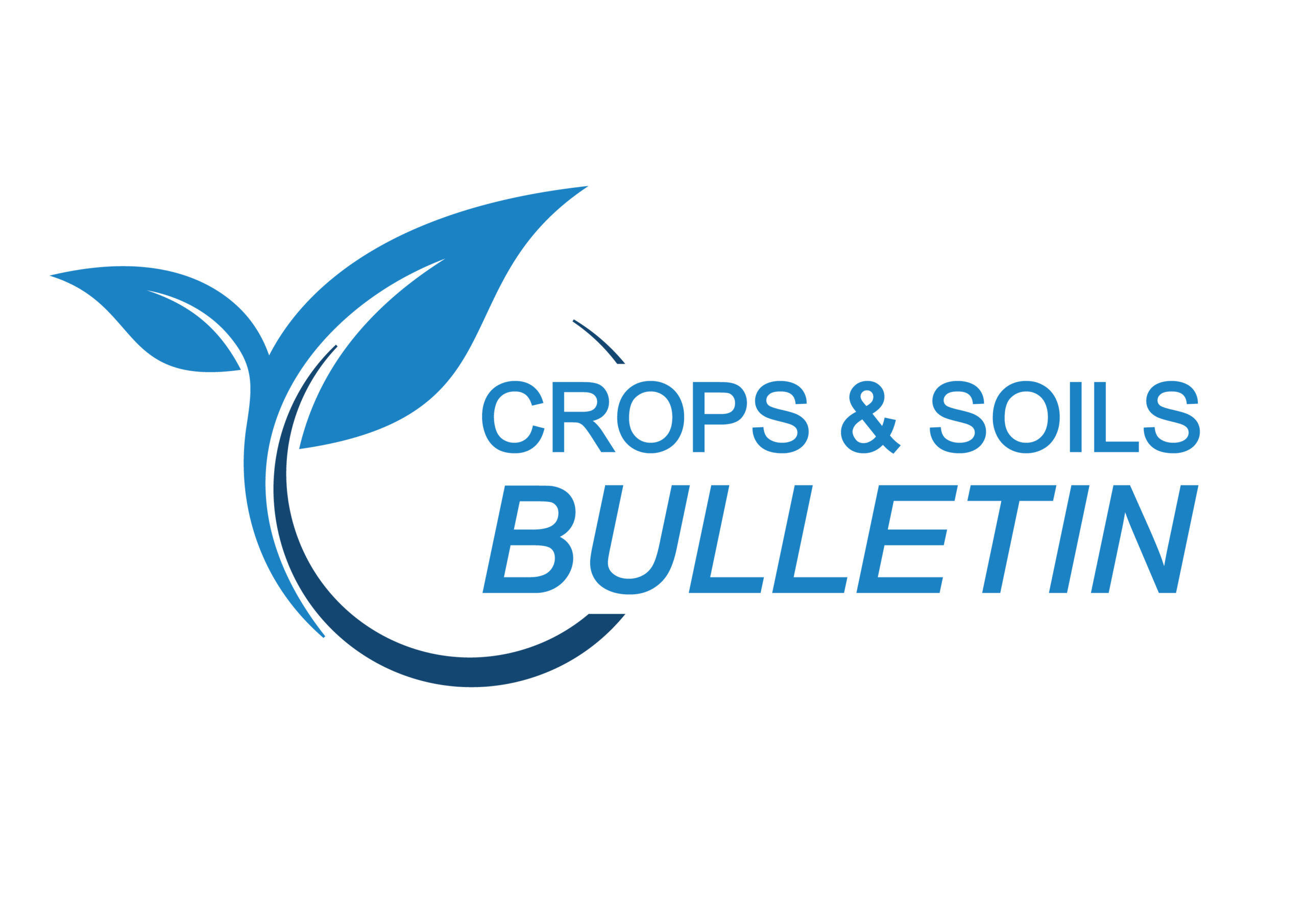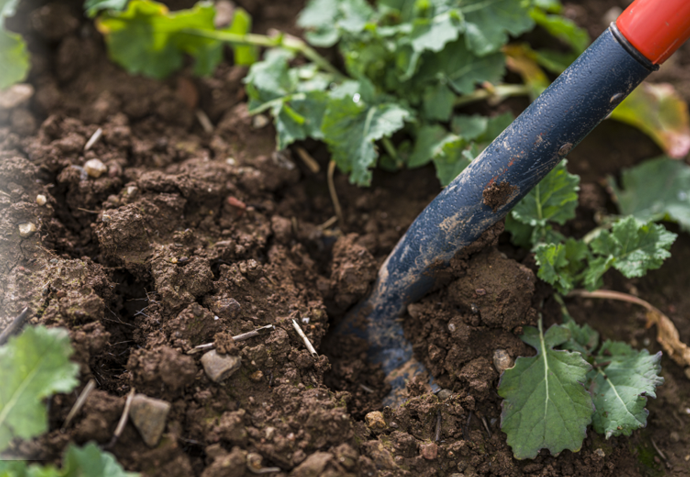Fundamentals of Soil Carbon
25 October 2023What is soil carbon?
Soil comprises a mixture of mineral and organic material derived from the breakdown of parent material during soil formation and more recent additions of vegetation litter, dead roots, plant material and animal wastes. Therefore, soil organic matter (SOM) contains a range of nutrients including carbon, nitrogen, phosphorus, potassium, calcium and other nutrients, with SOM being approximately 58% carbon.
How is soil carbon measured?
Soil carbon content can be estimated from the measurement of soil organic matter content (e.g. from loss on ignition and assuming that SOM contains 58% carbon). Alternatively, soil carbon can be measured via elemental analysis, which measures total carbon content. Soil carbon concentrations are usually presented as a per cent or as g C/kg soil, for example 2% or 20g C/kg soil. The concentration of soil carbon within a given weight of soil can then be converted to a stock (volume) of soil carbon for a given area, which is commonly t/ha. Soil carbon stocks are calculated by taking into account the soil depth and bulk density. For example, if a soil has a carbon concentration of 20 g C/kg soil with a bulk density of 1.3 g/cm3, a soil carbon stock to 30cm depth can be calculated as 20 (g C/kg soil) x 1.3 (g/cm3) x 30 (cm) = 78t C/ha.
What controls soil carbon stocks?
The cycling of carbon within soils is a natural biogeochemical process, where terrestrial carbon is in constant exchange with atmospheric and aquatic biospheres. Carbon can enter soil systems via photosynthesis, root material, root exudates, addition of crop/vegetation residues and manure applications. Losses of soil carbon occur via the mineralisation of organic material to carbon dioxide (gas loss), aquatic losses via leaching (particulate or dissolved organic carbon) and physical loss through soil erosion. The retention of organic matter inputs (contributing to a soil’s carbon stock) is governed by a range of complex interrelated processes. When soils are described as being in ‘equilibrium’ this refers to the inputs and outputs of carbon being balanced, i.e. there is no change in the net stock of carbon. Soil carbon stocks are highly variable, this is due to there being many parameters influencing soil processes and carbon cycling, including a soil’s unique profile of geochemical, physical, chemical and biological characteristics as well as the land use and range of management practices conducted.
Soil carbon and soil health
Soil organic matter is a key indicator of soil health, which refers to the soils’ capacity to perform a range of functions that contribute to the wider ecosystem, including soil’s ability to support primary productivity, nutrient cycling, air and water quality, biodiversity and climate regulation. Many of the land management practices that are promoted as being beneficial for soil health, will also benefit soil carbon stocks, for example not leaving soils bare, the use of cover crops and legumes, manure and compost addition, reduced tillage and optimising grazing management.
There is currently a lot of attention focused on increasing soil carbon stocks to offset greenhouse gas emissions as part of strategies towards net zero targets. However, it is vital that current soil carbon stocks are protected and conserved to minimise future carbon losses from soils. Soil carbon sequestration is complex where a soil’s ability to store more carbon will vary significantly across different landscapes, climates and with time. However, a focus on promoting good soil health will support the conservation of soil carbon stocks, enhance soil carbon sequestration (where potential exists) improving soil system resilience with added co-benefits through supporting many wider ecosystem services.
Dr Sarah Buckingham, SAC Consulting, Environment Team
Sign up to the FAS newsletter
Receive updates on news, events and publications from Scotland’s Farm Advisory Service


